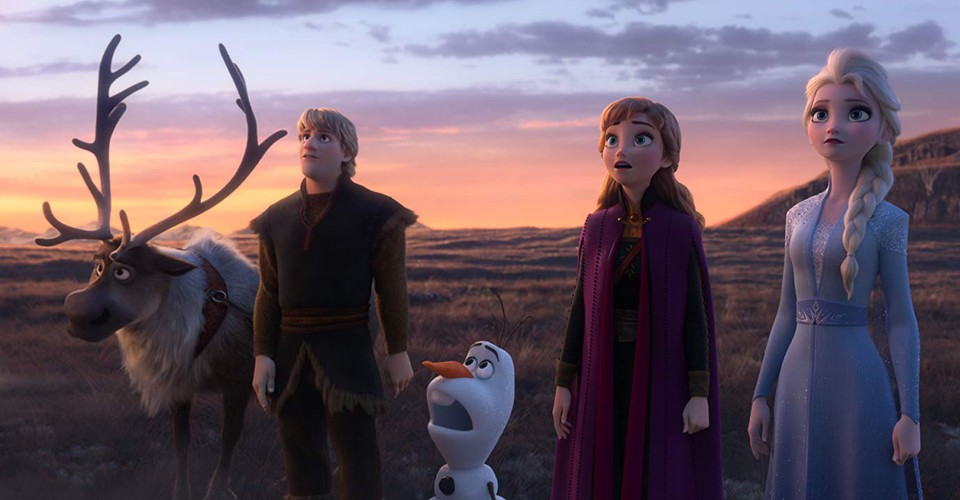Table of Contents Show
This time last year, Frozen II, featuring the talents of Kristen Bell, Idina Menzel, Josh Gad, and Jonathan Groff, was released in theaters. Though many elements were kept the same, this film was a notable departure from the first Frozen. An adventure is still involved, but this time, Anna, Elsa, and friends all travel together for one purpose: finding the truth about the past. After Elsa accidentally wakes the magical nature spirits of the Enchanted Forest and they force everyone out of Arendelle, she learns that the only way to fix the situation is to seek the facts about an event that occurred many years before she was born. Naturally, Anna, Kristoff, Sven, and Olaf accompany her on this mission.
The themes embedded in Frozen II are different from those in many other Disney films. “Love conquers all” (Brave, Pocahontas), “follow your heart” (Cinderella, Moana), and “always be yourself” (Mulan, The Lion King) are some examples of common Disney themes. Frozen II stands out against other Disney movies, including its predecessor, with themes like the importance of truth, anti-colonialism, and unity from change.
Truth plays a large role in movies like The Little Mermaid and Aladdin, but only to show that lying can end in distrust and chaos. Anti-colonialism wasn’t even present in Pocahontas, as both the colonists and the Native Americans were shown with prejudices against one another. It doesn’t place full blame on colonists who invaded native lands and, over the years, destroyed their cultures and attacked their people. Unlike many other Disney films, Frozen II seems unexpectedly in touch with the modern world through its themes and is almost certainly a clear product of its time.
The Importance Of The Truth
Frozen II opens with Anna and Elsa’s father, King Agnarr, recounting a story from his youth. He had gone into the Enchanted Forest with his father, King Runeard, and was attacked, seemingly without reason, by a group of people called the Northuldra. King Agnarr was then saved by an unknown person and became the sole survivor of that battle. Afterward, the magical nature spirits of the Enchanted Forest closed off the woods with a mist barrier. With his story completed, King Agnarr exits the room, and Queen Iduna sings them a song about Ahtohallan, a mystical river of truth.
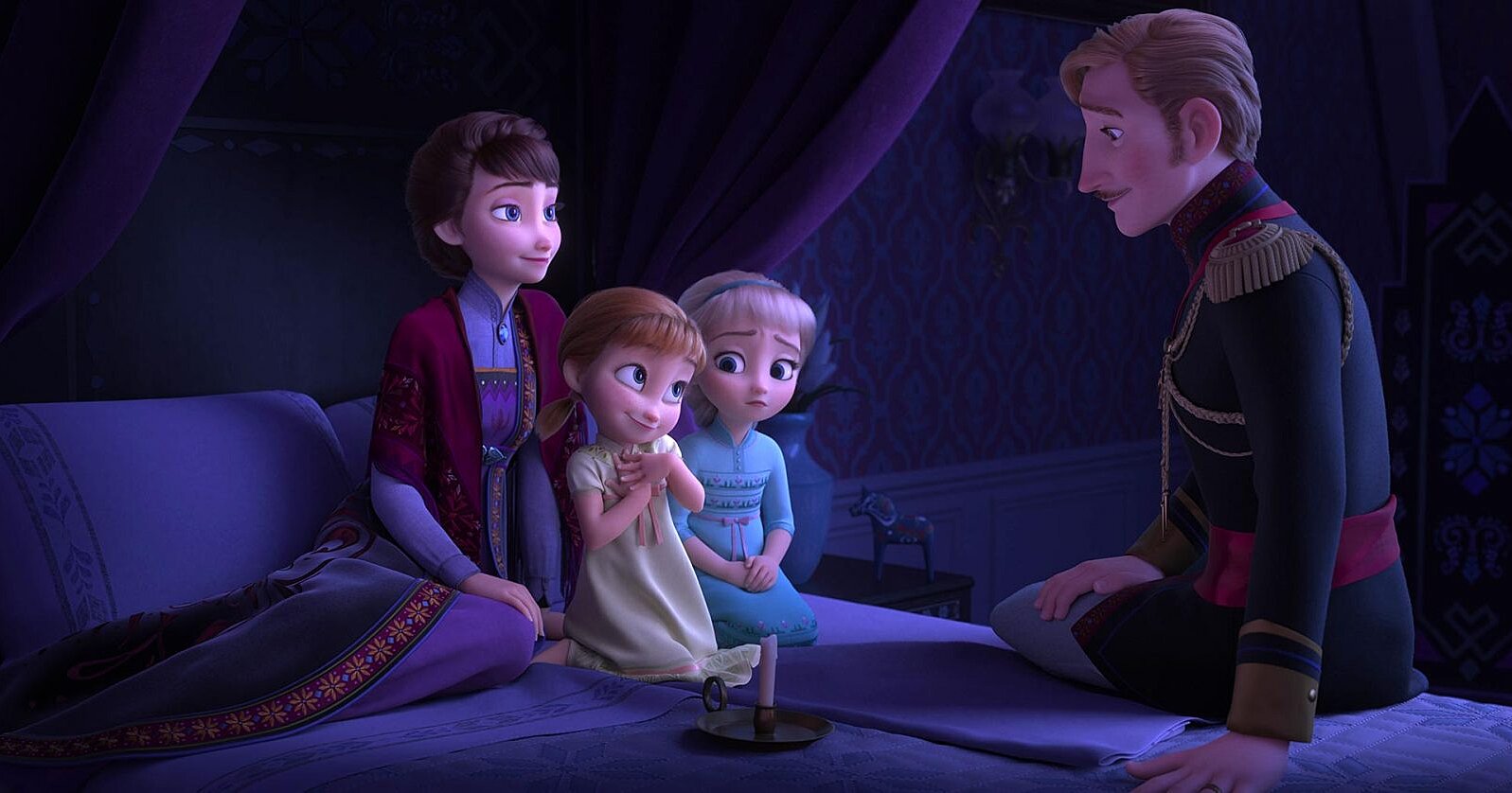
Out of all the themes present in Frozen II, truth plays the biggest role; it’s the driving force behind the protagonists’ adventure “into the unknown” that propels the plot. The movie’s whole mission is to travel to Ahtohallan, the river of truth, and find out what happened in the past that is causing such strife. In the film’s present, Anna and Elsa realize that this truth has to do with their father’s story and the events of a battle fought long before they were born.
However, the truth of the matter wasn’t at all easy to find. In creating the mist barrier, the nature spirits trapped the Northuldra and remaining Arendellian soldiers inside the forest, so Anna, Elsa, and the rest of their gang meet them on their travels. The Northuldra claim the soldiers attacked them for no reason, and the Arendellians assume that the Northuldra attacked first. Once Elsa crosses a freezing ocean to reach Ahtohallan, she finds the facts.
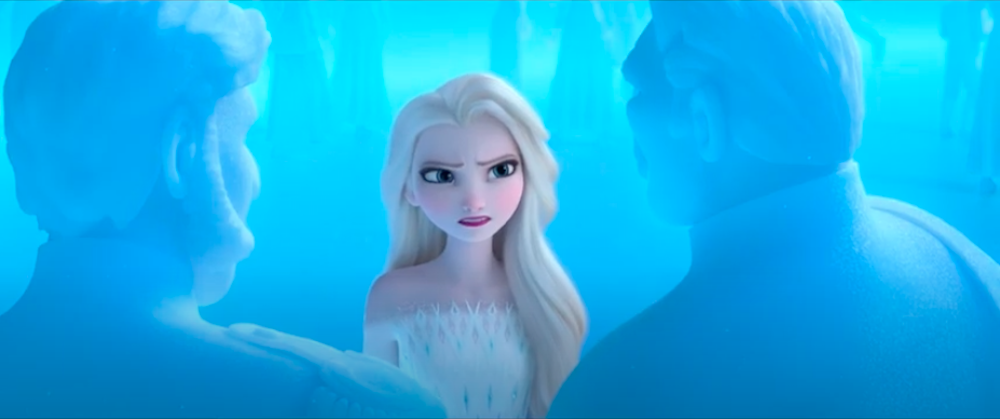
Through the magical water memory that Ahtohallan possesses, she hears her grandfather tell a fellow soldier that he “gifted” the Northuldra a dam because he wanted to see the size of their army when they come out for celebration and that he plans on catching them off-guard in an attack. King Runeard’s reason for betraying the Northuldra was simply that because they follow the nature spirits and no one else, they would think they could “defy the will of a king.” (( Frozen II, 2019. ))
Accepting The Hard Truth
Clearly, this would be a hard truth to stomach, especially for Disney characters. But what’s so interesting about Frozen II is how the protagonists deal with these facts. To any person, this truth is reprehensible and sickening: Anna and Elsa’s ancestor committed a heinous and manipulative crime against an innocent group of people. One would assume the characters would suffer denial or simply wouldn’t believe their magical river of truth. But neither Anna nor Elsa make excuses for him.
When Elsa hears her grandfather say that magic makes people too powerful and that he believes magic would make the Northuldra feel that they could go against him, she immediately disagrees, saying “That is not what magic does. It’s just your fear. Fear is what can’t be trusted.” (( Frozen II, 2019. )) Elsa sends the same memory as a message to Anna and Olaf. Anna is clearly upset when she learns the truth, while Olaf solemnly proclaims that the act “goes against everything Arendelle stands for.” (( Frozen II, 2019. ))
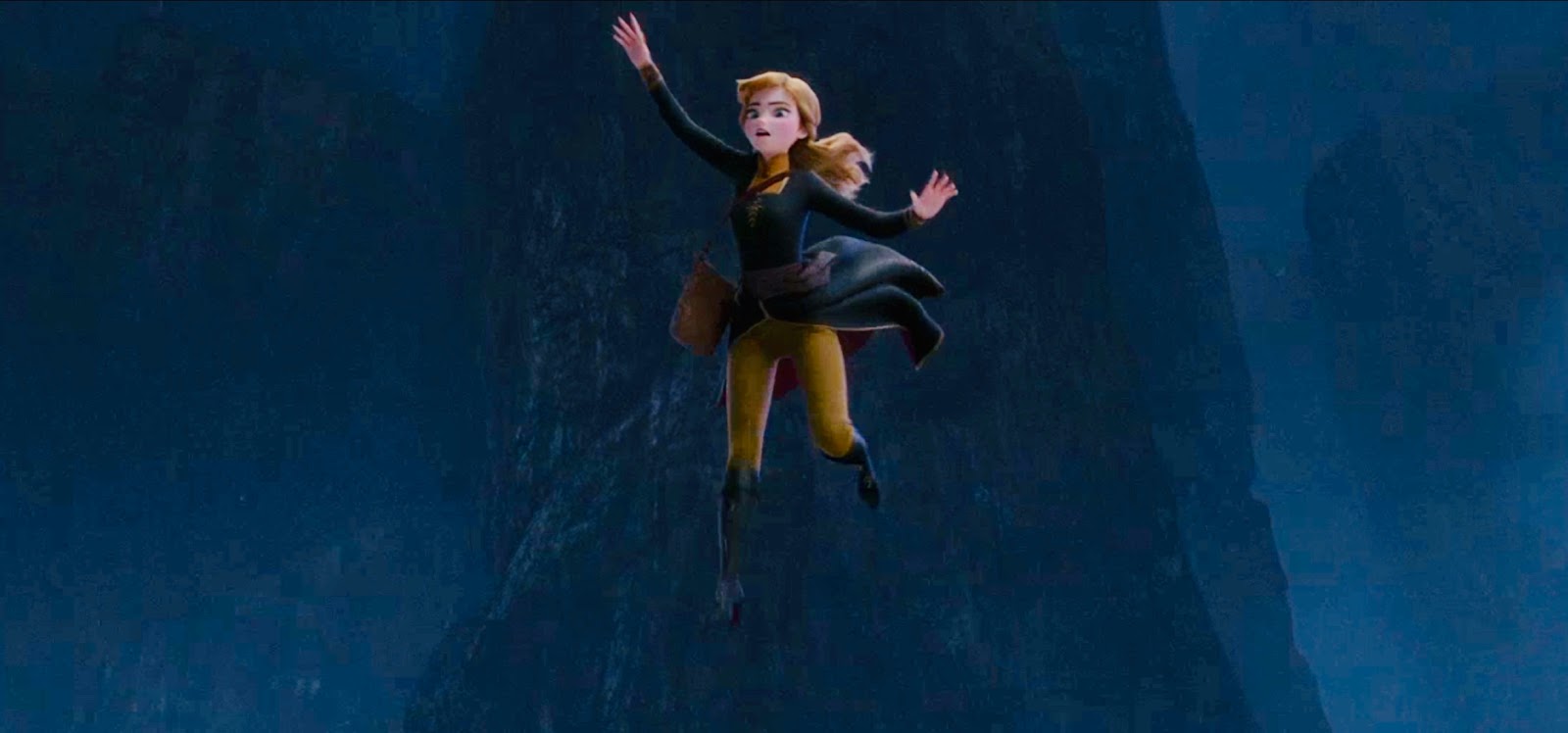
Though Anna doesn’t verbally condemn the memory’s action, she knows that in order to fix the damage done by her grandfather, she must break open the dam, which would flood her kingdom. Without complaining or getting angry, Anna sets off to destroy the dam, a symbol of King Runeard’s lies and betrayal, as well as a structure actively harming the environment and the Northuldra, and sacrifice her kingdom to save it. Their mother’s song about Ahtohallan asks, “Can you face what the river knows?” (( Frozen II, 2019. )) The answer is that, although it is hard, both women can face the truth.
Frozen II not only shows how central the truth is to the plot but how important it is to the characters. Anna and Elsa go to great lengths, most of the time risking their lives, in order to reach the truth about the past, indicating its essential nature. The film embraces controversy and harsh reality by implying that the truth should not only be uncovered by any means necessary, but should also be accepted without question.
Instead of teaching viewers that a hard truth is something to be dismissed as fake or that the truth of a situation doesn’t matter, Frozen II shows us how to hold facts at high esteem and revere truth, even in fantastical scenarios. In today’s world, the line between truth and lie is blurring, leading to rising misinformation, conspiracy theories, and falsehoods. Frozen II staunchly refutes this and emphasizes the importance of the truth itself, whatever it may be.
Anti-Colonialism
This theme was surprising to find in a Disney movie, especially in such a popular franchise as Frozen. It isn’t as outwardly expressed as the importance of truth, but it’s clearly present in Frozen II and a critical part of the film.
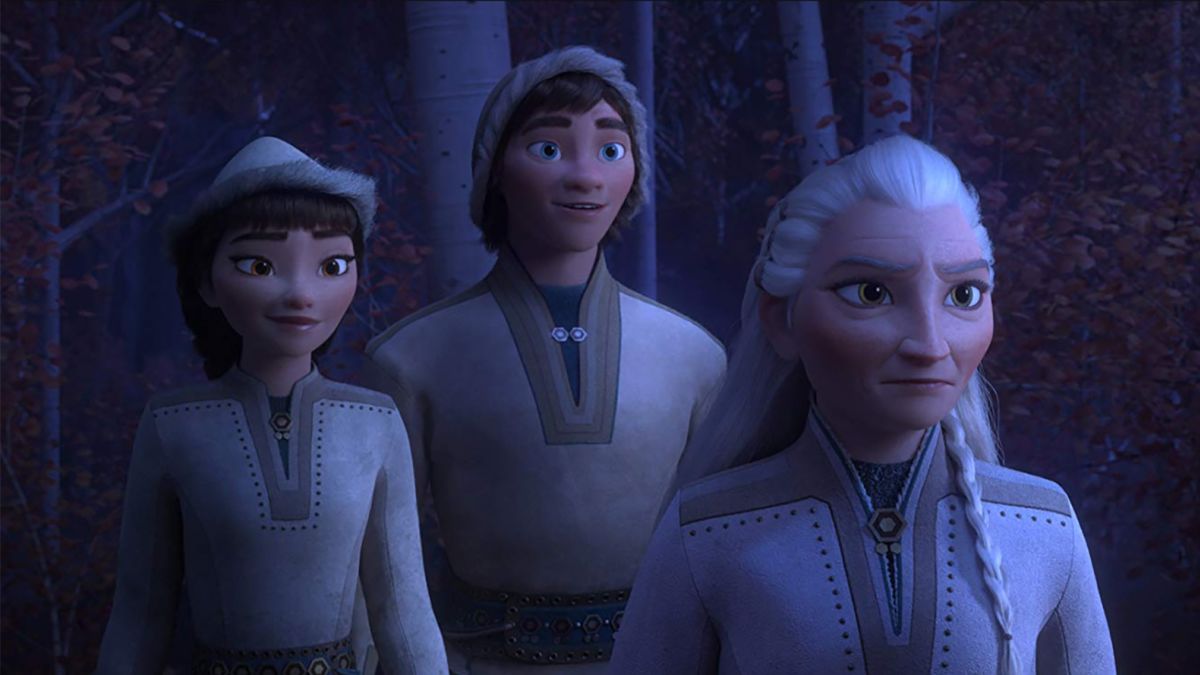
The Northuldra are portrayed as an indigenous people, a group hardly represented in our media today. In King Agnarr’s story, the Northuldra were described as followers of the nature spirits who used the Earth’s gifts. When Anna and Elsa found the Northuldra in the Enchanted Forest, they were invited to the Northuldra community, which contained tipi-like structures, an outdoor fire, and a herd of reindeer. Additionally, one of the Northuldra men told Kristoff that they would be moving their camp shortly. This indicates that the Northuldra are possibly nomadic.
Their reverence of the nature spirits parallels the beliefs of many indigenous groups, such as Native Americans, who respect nature “above all else.” (( “Nature’s Role in American Indian Culture.” Faust Gallery, 2019. )) Native Americans protect their environment for these cultural reasons, but also because “The political and economic self-determination and self-sufficiency of most tribes…” depend on it. (( “Protect Tribal Natural Resources.” NARF.org. ))
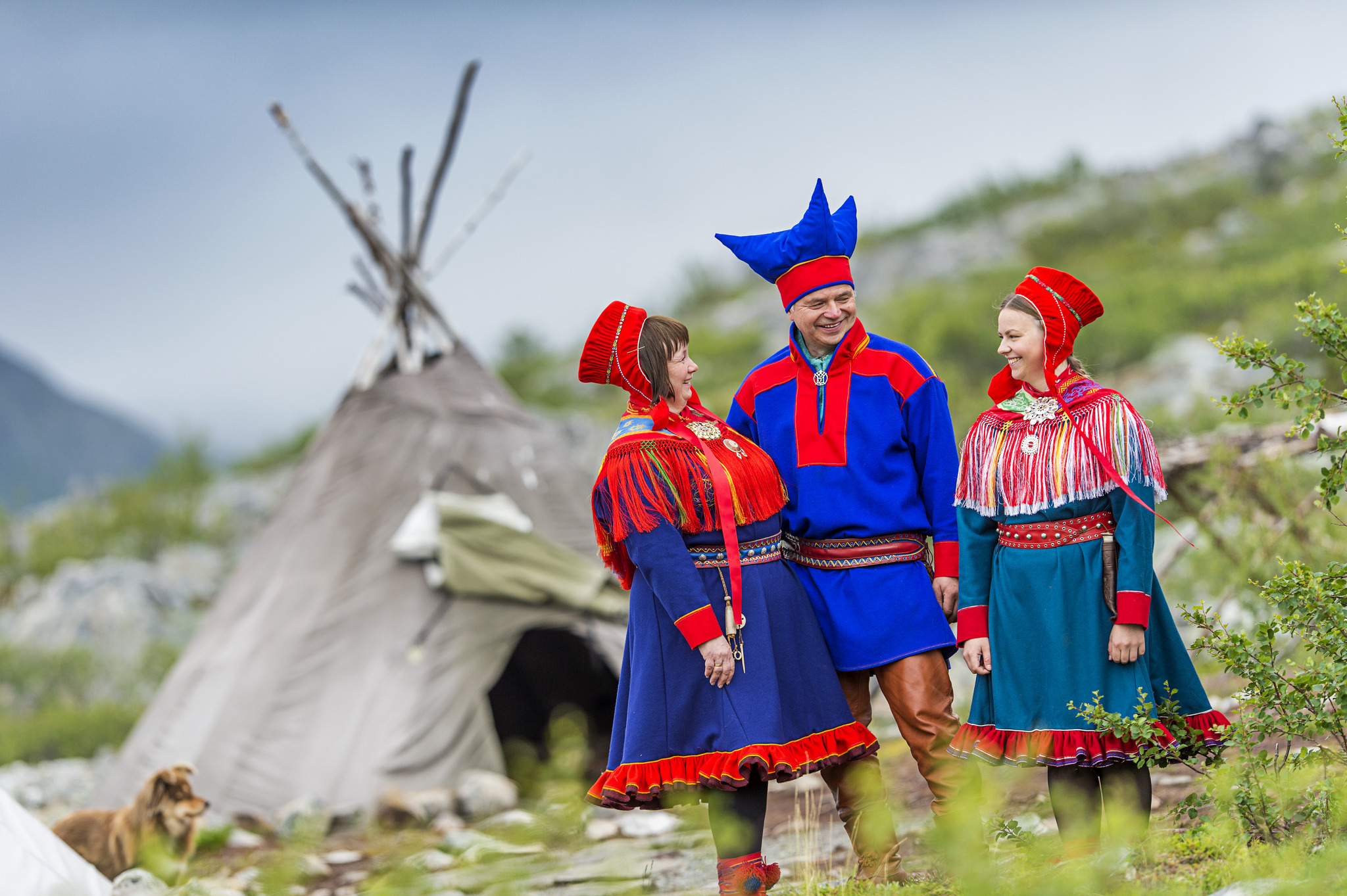
The Maori people of New Zealand have a word, kaitiakitanga, that means “guarding and protecting the environment in order to respect the ancestors and secure the future.” (( “Indigenous people and nature: a tradition of conservation.” UN Environment Programme, 2017. )) This is very nearly the sentiment of Frozen II: ancestors and past actions very much affect the future, and it’s important to acknowledge the facts of history before you move forward.
The Sámi People
However, Disney likely didn’t create the Northuldra with Native Americans and other indigenous groups in mind; the Sámi people of Scandinavia were the inspiration. (( “Disney agreed to respectfully portray indigenous people in “Frozen 2.” Insidethemagic.com, 2019. )) Disney wanted to make sure that they were respecting Sámi culture, so they collaborated with Sámi leaders and signed a contract to officially state their intentions to portray the Sámi correctly in Frozen II. Though Sámi culture is likely less well-known in the U.S. than in Europe (the structure that an American viewer would see as a tipi is probably a lavvu, a similarly-styled dwelling that the Sámi people use), American viewers can tell that the Northuldra are indigenous and that the Arendellians greatly harmed them.
Another significant attribute of the Northuldra is that they appear to be people of color, while most of the Arendellians are white. Though colonization has devastated certain cultures of white people in history, it is the colonization of indigenous people and people of color that has occurred more and to greater extremes in America. Into the modern day, the Sámi have been oppressed by Norway, Sweden, and Finland, but an American audience would likely only see comparisons between the plight of the Northuldra and that of Native Americans. (( “Sámi people.” Wikipedia, 2020. ))
Though the colonization of Native Americans was far longer and more horrific than the colonization attempts on the fictional Northuldra, it can somewhat be compared to the events of Frozen II. King Runeard wanted to not only take control of nature through the use of a dam, which would worsen the land for the Northuldra, but also make the Northuldra ultimately submissive to him and not to the nature spirits. This is clearly a form of colonization and cultural erasure, which is an ugly truth that Anna and Elsa must grapple with.
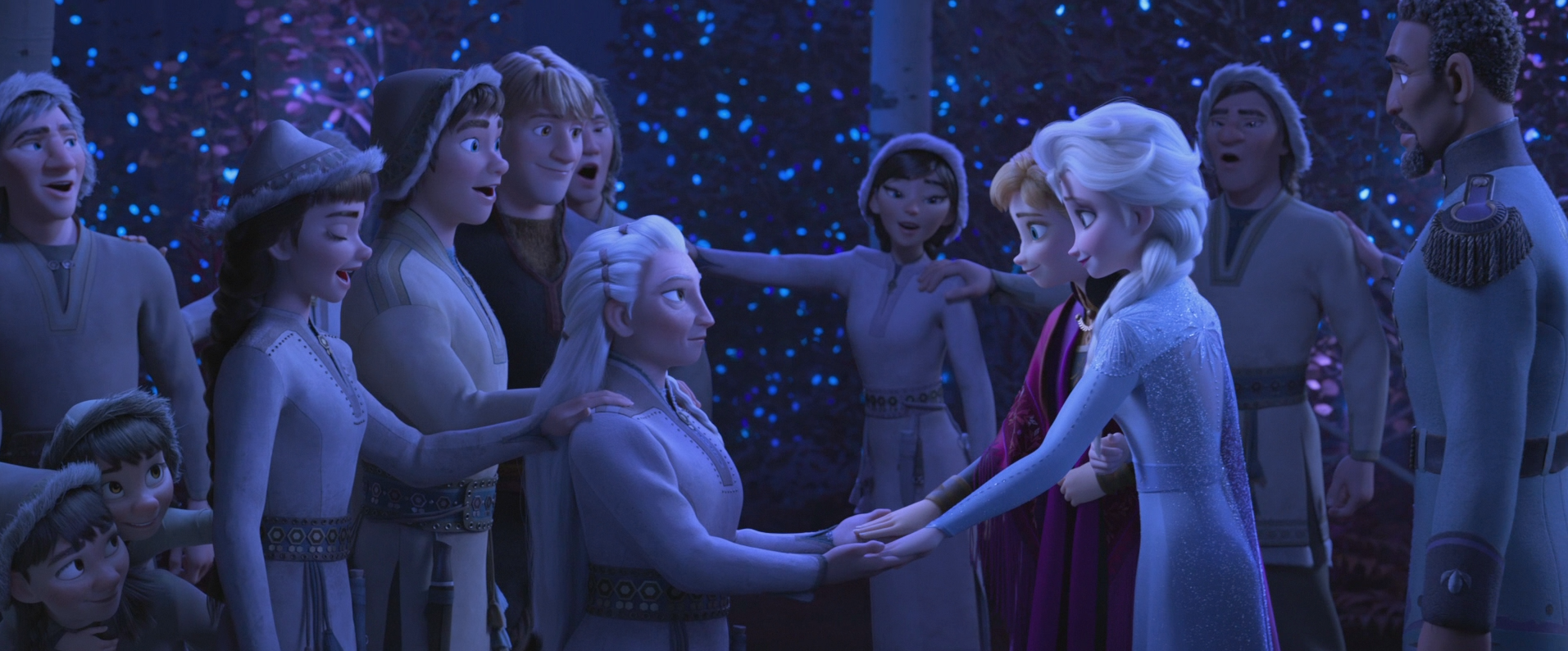
Frozen II firmly establishes the protagonists on the side of the Northuldra and has Anna and Elsa condemn the actions of their colonizer grandfather, showing a clear stance against colonialism. This portrayal sets a strong example for viewers of Frozen II, as it shows Anna and Elsa’s immediate negative reactions to the unsettling and inhumane news about their family. It’s more common in film and other media to see themes such as “family over all” or “loyalty to family,” which promote unity, but a kind of unity that unhealthily buries any necessary conflict and prevents the growth of its members.
Progressive sentiment leans more towards the idea that loyalty is based on mutual respect; family members shouldn’t expect each other to never see fault in their actions, just because they’re related by blood. Elsa and Anna show the audience that a bad deed is a bad deed, whether committed by a relative or not.
Frozen II shows that preserving a kind image of family no matter what directly contradicts the importance of the truth and can sometimes directly contradict what’s right. Viewers are encouraged to, like Anna and Elsa, denounce prejudice, hatred, and lies, regardless of the source, and engage in a conscious effort to promote respect between all groups of people.
Unity From Change
A third progressive theme found in Frozen II can be understood as “unity from change” and has to do with the actions taken to heal Arendelle. Frozen II shows that the only way to heal the kingdom involves accepting the truth of the past and trying to right the wrongs of ancestors. After the facts of the past are realized, Anna breaks the dam in order to restore peace between the Northuldra and Arendelle.
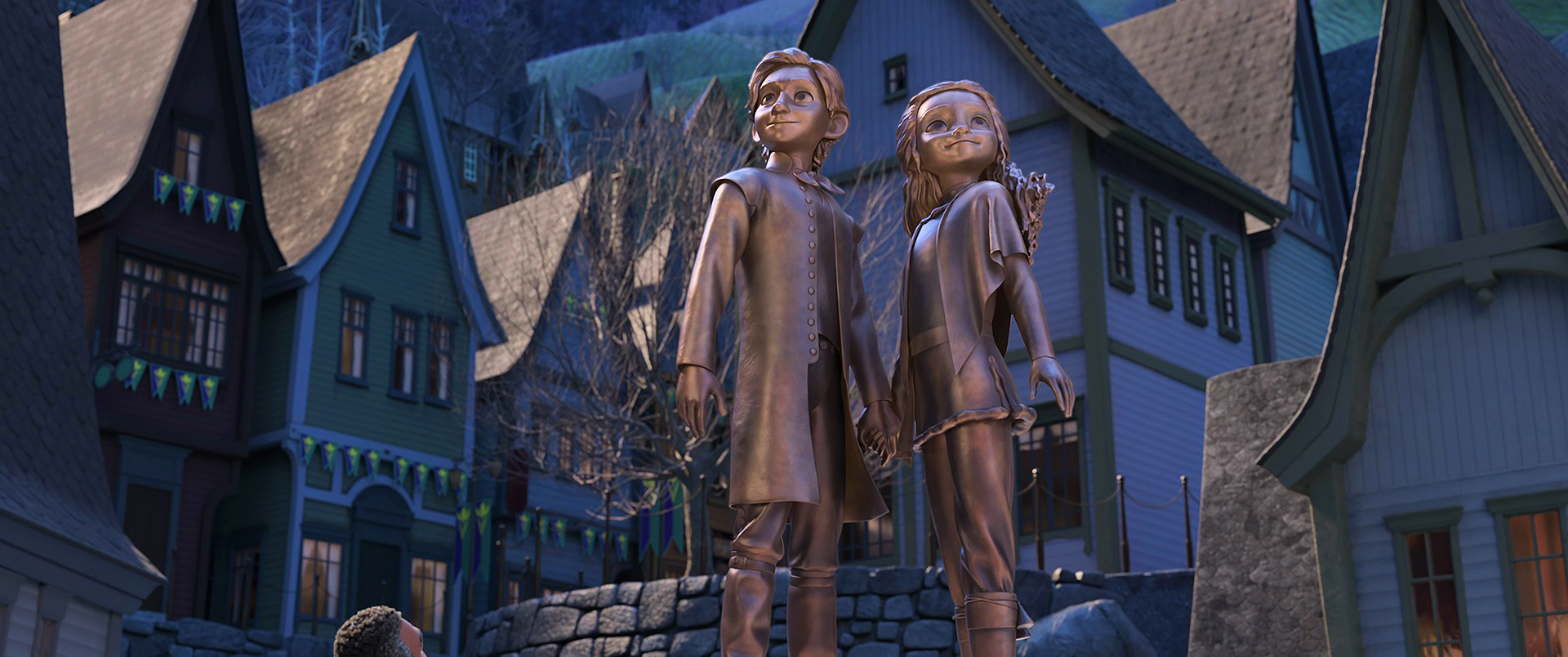
Later, she unveils a statue of her mother (Northuldran) saving her father (Arendellian), which was an act of goodwill between the two groups that promoted unity. She claims, “Our lands and people are now connected by love,” incorporating the Northuldra as a foundational part of present-day Arendelle. (( Frozen II, 2019. )) Though the kingdom doesn’t get rebuilt with a different system, there is that sort of merge.
Much destruction and bloodshed occurred between the two groups, but because the source of their problems is realized and righted, both parties can make peace and move forward; the film shows that unity cannot truly be achieved until the cause of the strife is addressed. Disney promotes this idea and implies, through Frozen II, that major change needs to occur before this unity can be created.
Before Anna, Elsa, Kristoff, Sven, and Olaf embark on their journey to find the truth, Grand Pabbie warns that, “The past is not what it seems,” and that without the truth, he sees “no future.” (( Frozen II, 2019. )) This is a pointed statement about the repercussions of forgetting or ignoring the past and not working towards reparations. It is a clear message throughout Frozen II that Arendelle has no future unless the wrongs of the past are rectified, which is easily translatable to our modern situation. True, we are not at fault for the actions of our ancestors, but we are responsible for our actions now. Frozen II pushes the viewer to seek out the buried facts of history and to help make their communities better through change.
Future Progressive Media
Frozen II was a sure departure from Frozen and many other Disney movies. Not only are there clear progressive themes, but there is also indigenous representation in one of Disney’s most popular franchises. In recent years, we have seen an increased amount of representation from big Disney movies (Moana, Coco, live-action Mulan) but not all with as blatantly progressive themes as Frozen II.
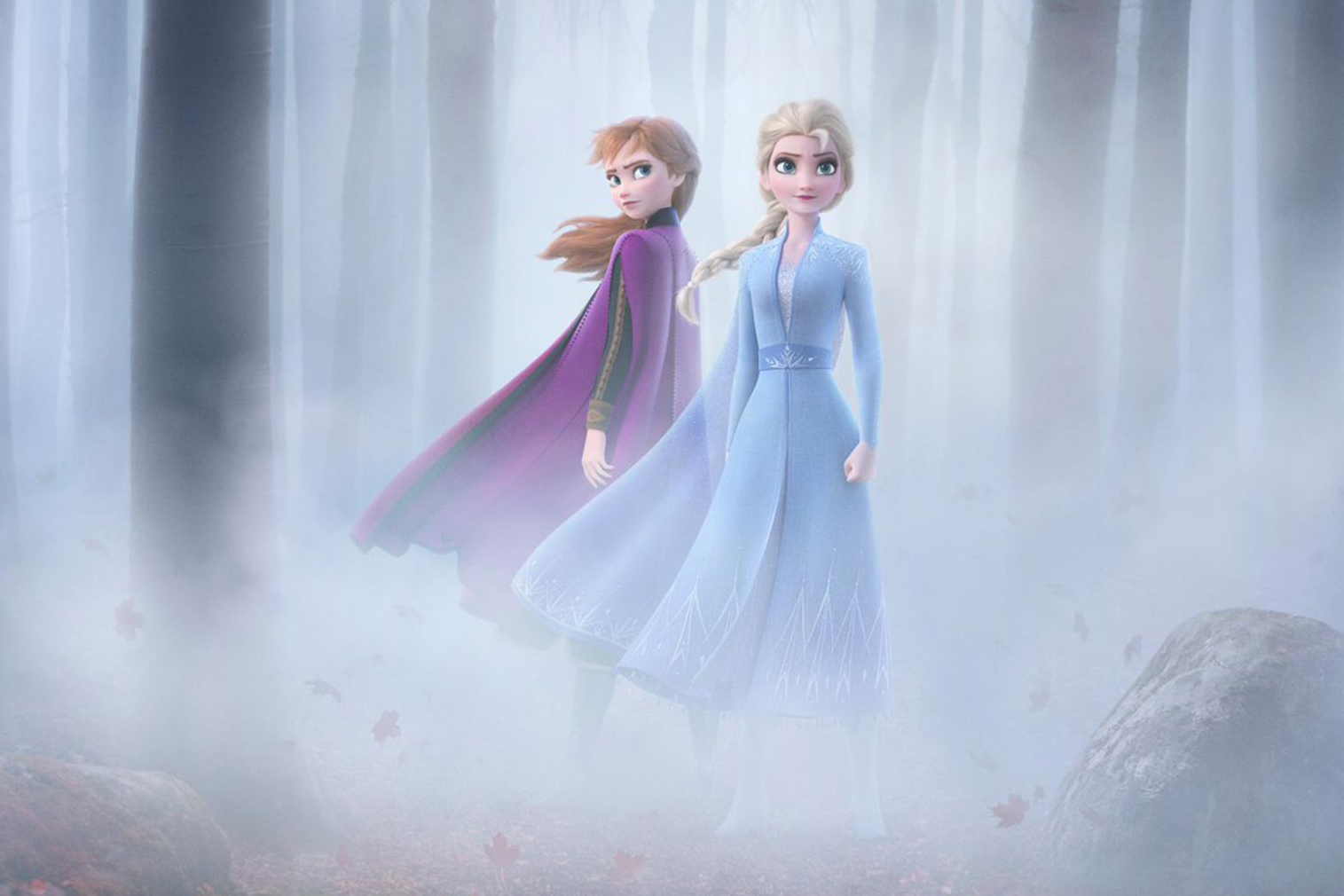
It’s important to analyze movies like Frozen II because they’re an important step for the film industry and could be indicative of a real change in the times. A popular uncomplicated film that requires its audience to reflect on current events by understanding a fictional world with similar problems provides valuable assistance for younger viewers in a turbulent time and an interesting look at progressivism in media for older viewers.
